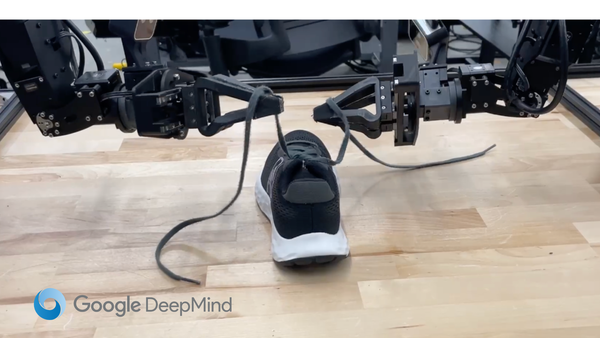Why So Many Humanoid Robot Companies Keep Popping Up
Learn why the number of humanoid robot companies will continue to grow.

While scrolling through Reddit, I found a discussion on “Why are there so many humanoid robots popping up?” Everyone had different thoughts and opinions.
Some good, some bad.
And in typical Reddit fashion, the conversations somehow unraveled into sex bots.
Let’s be honest. The development of humanoid robots has ignited a significant debate about their impact on the future of work and society.
Enthusiasts see these robots as a key to greater efficiency and innovation. But skeptics worry about job displacement and ethical implications. I can see both sides, so I’m a little torn, to be honest.
But I want to stay positive and explore why new humanoid robots keep popping up. I expect this trend to continue over the next few years as technology develops and funding is allocated.
So here’s what I’m going to do. I’m going to give you my opinion as of now. I don’t know if I’m correct. What I do know is that as the market evolves and as I continue to learn more, my opinion is likely to change.
Let’s jump in!
More Than Just Cost-Cutting
When we think about humanoid robots, we’re only scratching the surface of what they’ll enable businesses (eventually consumers) to do. These robots are redefining how work gets done, making operations cheaper and scalable.
For investors and business leaders, Humanoids aren’t just a new toy. Unlike many other investments, they’re a transformative tool that promises a substantial ROI we can optimize and track.
It seems the humanoid companies are using the same storyline as artificial intelligence. We already hear the proactive beat of the drum that robots won’t replace people.
Instead, they’ll take on the dirty, dangerous, and dull tasks, freeing human creativity for more complex challenges. Is that true? I hope so. But I’m still a “wait and see.”
Enhancing Human Dignity and Safety
Looking beyond the balance sheets, we’ll see robots playing vital roles in enhancing human lives.
In healthcare, humanoid robots will bring companionship and care to those in need, lifting the spirits of the elderly and disabled. In schools and at home, they'll become interactive teachers or tutors, enhancing learning with unmatched intelligence.
In dangerous industries, these machines will step into high-risk roles, ensuring that people return home safely to their families every day.

Driving the Future Forward
Breakthroughs in AI and technology are at the core of this robotic evolution. Humanoid robots are learning and adapting, becoming more capable every day.
They're building operating systems and foundational models. They’re plugging into the Internet of Things, becoming nodes in a vast network that spans the globe and enhances their functionality.
Which is exciting and scary at the same time.
With every improvement in sensor and motion technology, these robots are becoming more integrated into human environments to enhance life for all.
Building Trust and Standards
As humanoid robots become more common, the conversations about them will grow deeper. It’s time to start discussing how we can responsibly build humanoid robots.
Legal frameworks must keep pace with technology to ensure these robots benefit society and not infringe on privacy or dignity. And if the U.S. government discussions and EU AI laws are a leading indicator, we have room to improve here.
We need standards that uphold our values as a society and ensure technological advancement makes us better, not just more efficient.
We can’t let founders and investors off the hook when they default to the response, “Oh, don’t worry. We’ll train them [humans] to do other things.”
This sounds reassuring at first, but if we pressed for details, the conversation often fizzles out.
It’s easy to say we’ll train people for other jobs, but the real questions are: “Like What? What jobs? And are these jobs feasible for the workforce being displaced?”
We need to answer these questions and provide clear, tangible solutions, not vague promises. The question of "like what?" shouldn't be rhetorical. It demands a well-thought-out plan.

The Path Ahead
Humanoid robots are more than just an emerging technology. They’re becoming a pivotal part of our future. From taking over dirty, dangerous, or dull tasks to transforming healthcare and education, the potential is enormous.
Yet, with great power comes great responsibility. We must tread carefully. Integrating humanoid robots into our daily lives requires us to focus on enhancing human capabilities, not replacing them.
It's thrilling to imagine a future where robots could be our companions, caregivers, and colleagues. Still, it's critical to address the legitimate concerns about displacement and privacy.
The future of humanoid robots is not just in the hands of the developers and investors but in the collective hands of all of us—policymakers, educators, community leaders, and citizens.
I look forward to researching, discussing, and reporting on what’s happening in this market.



